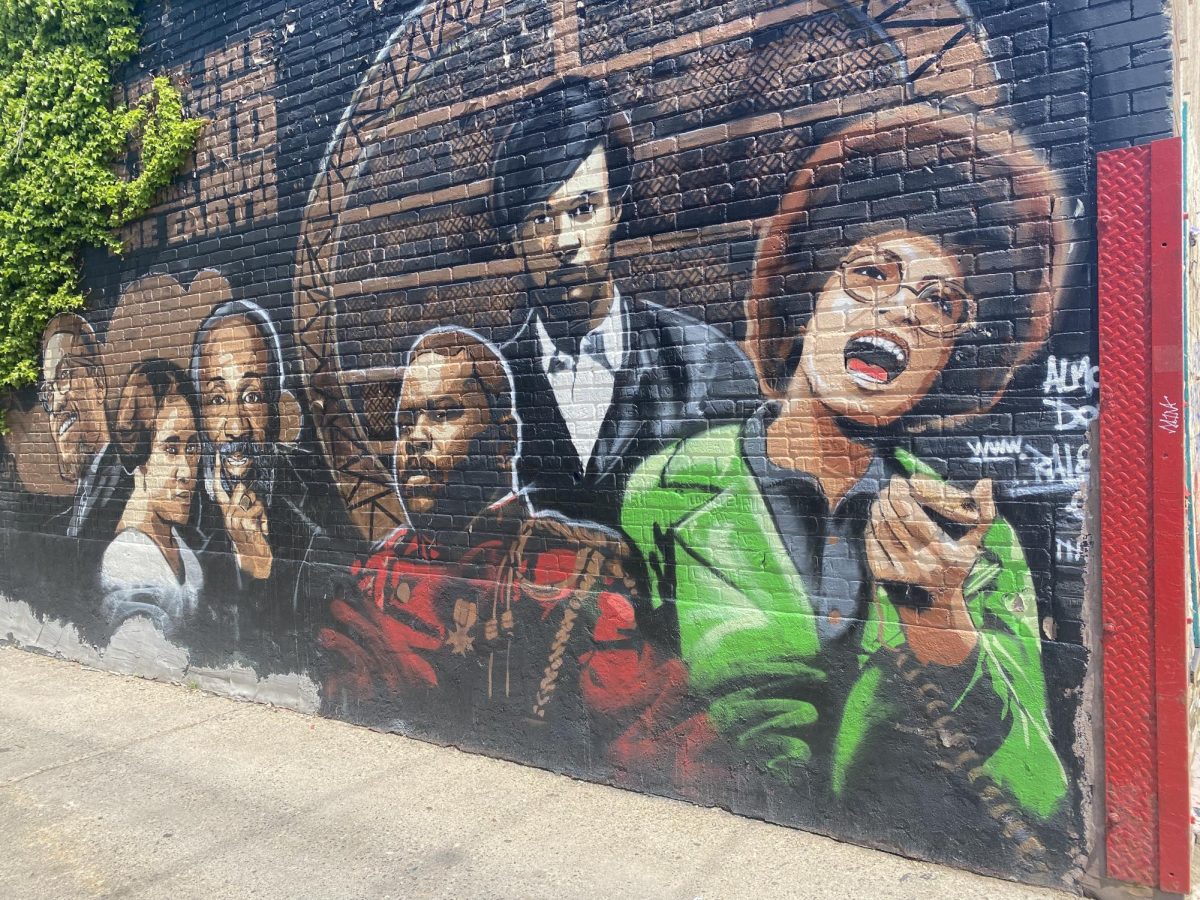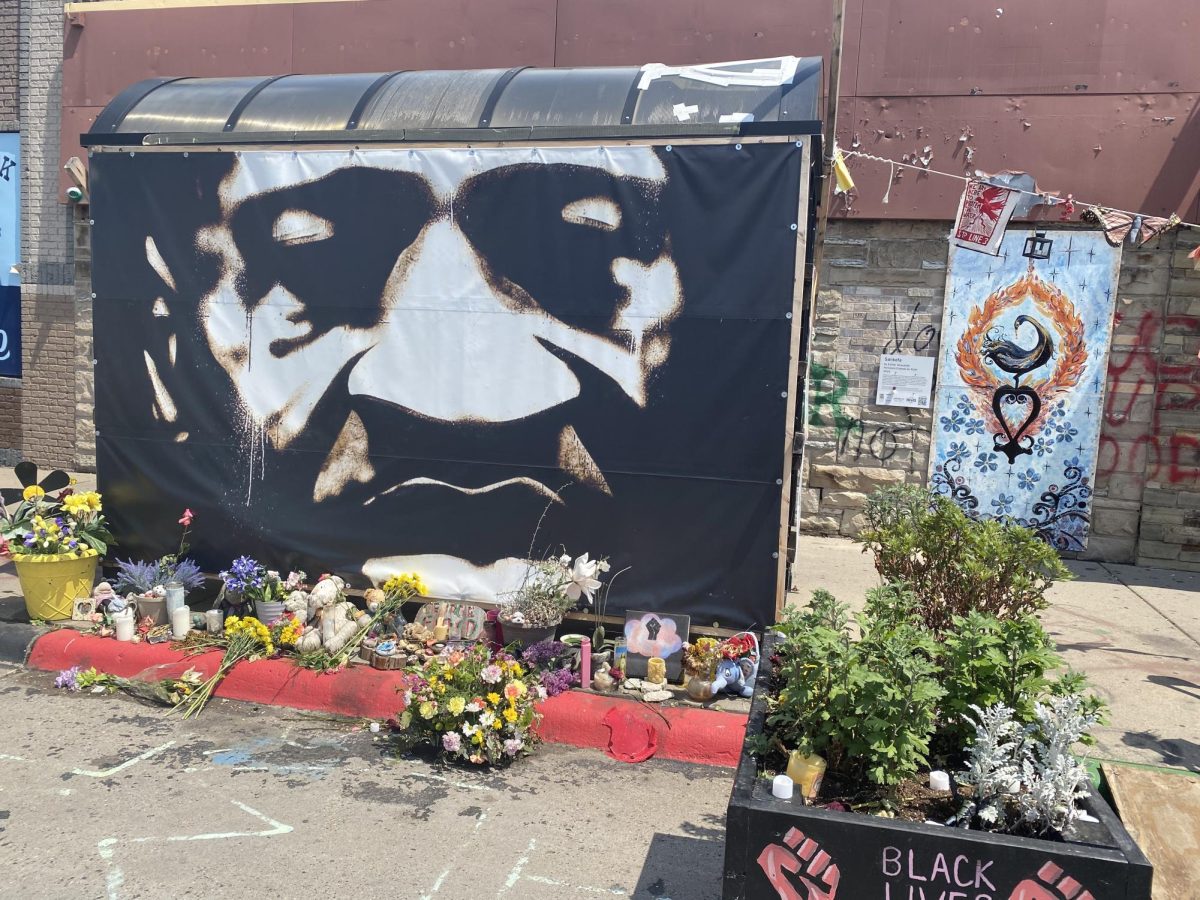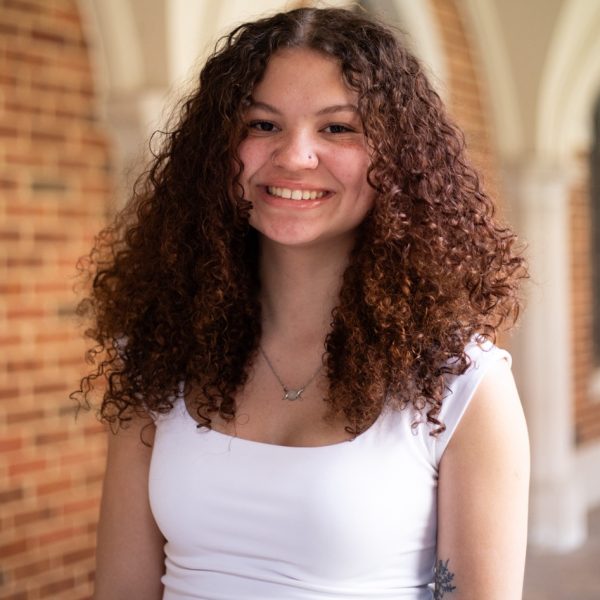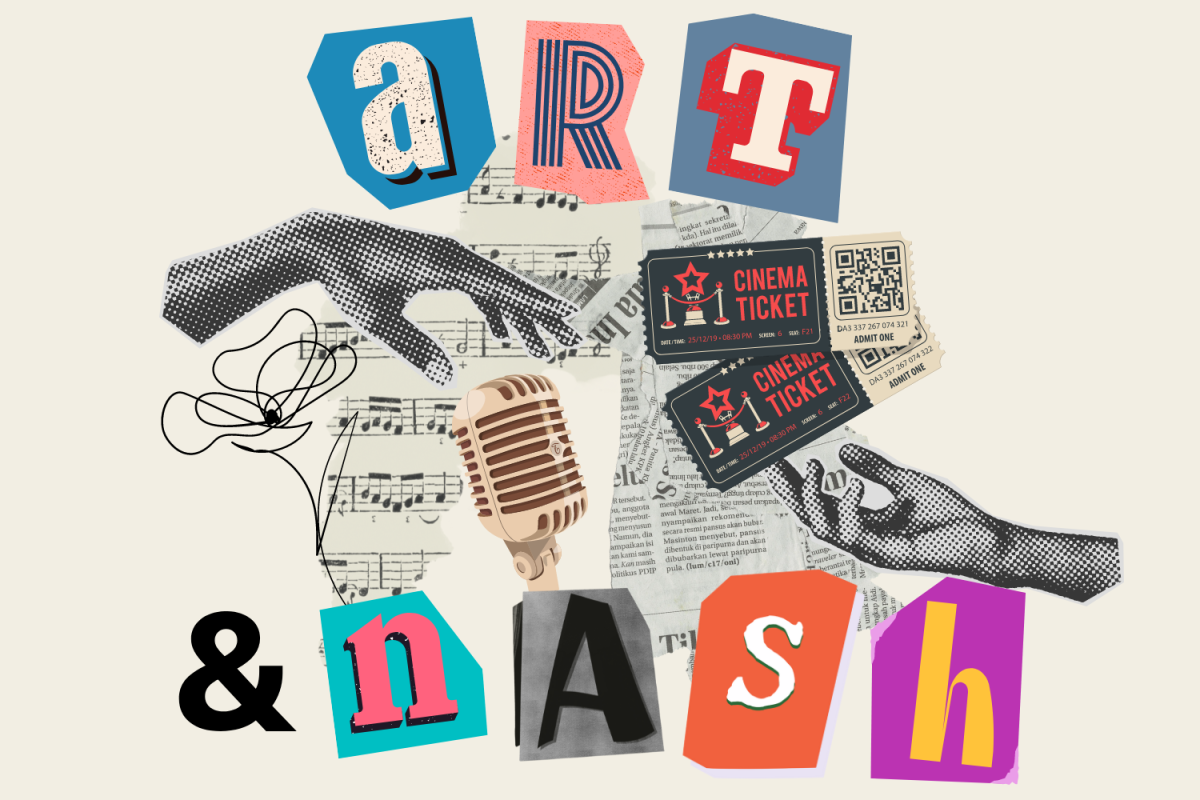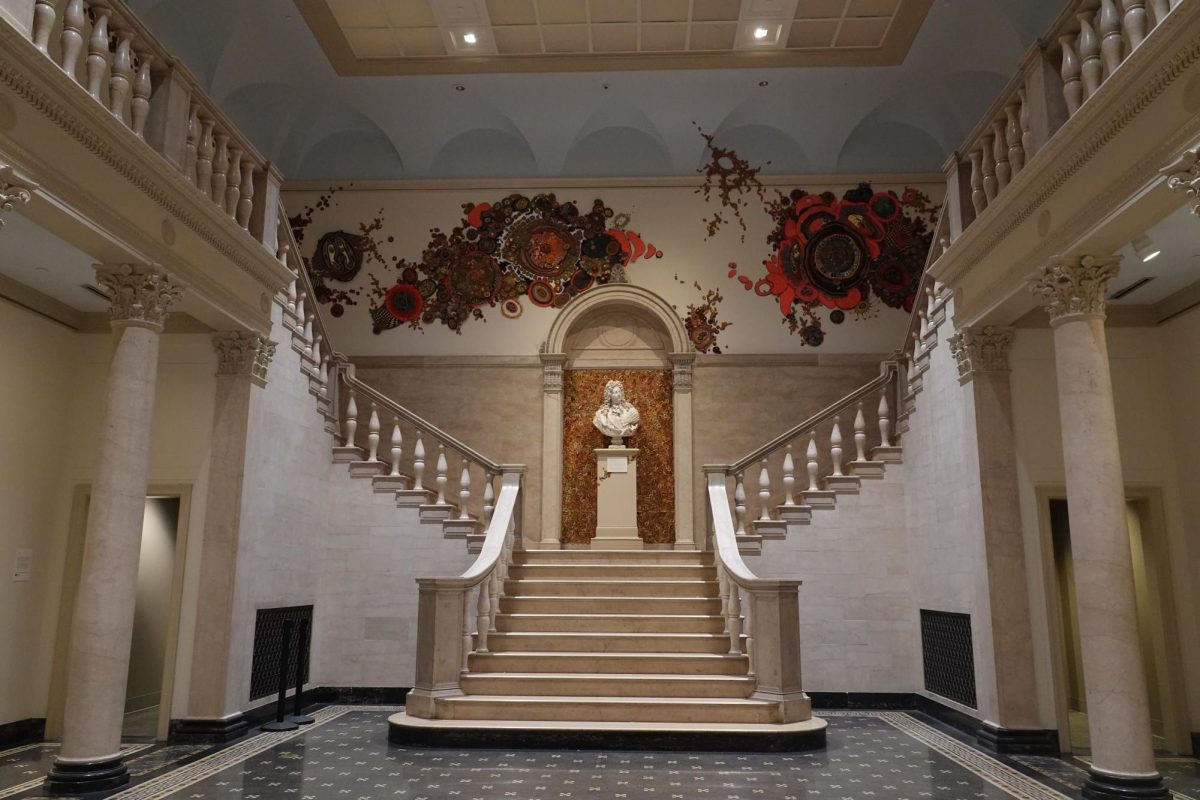Art as activism is crucial in challenging social issues. Forms of art like photography, street art, signs, murals and sculptures can challenge social norms and expose complex issues in ways that words cannot. Forcing viewers to sit and think about these images often leaves a bigger impact than verbal statements or publications. Sometimes, art does not have a clear stance on a movement, allowing viewers to think and develop their own opinions. It permits people of all different backgrounds to challenge social issues in a peaceful, private and sometimes anonymous way.
I was exposed to this type of protest when I visited George Floyd’s memorial in Minneapolis, Minnesota a few years ago. The art within the memorial and surrounding Minnesota area was absolutely mesmerizing. The placement, wording and vibrancy of these messages really stuck with me. Most of the artwork surrounded the Black Lives Matter movement. It showcased prominent Black figures of the movement and messages calling out injustice or telling the story behind the movement.
Protest art can be seen anywhere and everywhere. Here are some places at Vanderbilt and around Nashville that showcase art as activism.
“We Shall Overcome: Civil rights and the Nashville Press”
In Vanderbilt’s Divinity School, there is a collection of press photographs from Nashville during the civil rights era (1957-1968). The Frist Art Museum loaned Vanderbilt this exhibit for the 2023-2024 academic year. These photographs, from archives at The Tennessean and Nashville Banner, showcase how Nashville played a part in the Civil Rights Movement, depicting images of protests against police brutality and civil rights demonstrations in downtown Nashville. Throughout the exhibit, the photographs recognize Rev. James Lawson, who was actually expelled from Vanderbilt’s Divinity School in 1960 for organizing nonviolent protests such as lunch counter sit-ins.
Engine for Art, Democracy and Justice
Engine for Art, Democracy and Justice is a program founded by Dr. Maria Magdalena Campos-Pons (a Vanderbilt professor of fine arts). It is a collaboration between Fisk University, the Frist Art Museum, Millions of Conversations and Vanderbilt University. Through various forms of artwork and banners, the program explores approaches on how to live together in the South. They explore how art can be used as an engine for democracy and justice through informative sessions and public displays such as banners recognizing workers during COVID-19 such as teachers, nurses, nannies, etc. They host conversations and art collaborations in order to advance racial justice and promote equity and inclusion.
Witness Walls
Witness Walls is another installation that honors Nashville’s involvement in the Civil Rights Movement. It is located on the west side of the Historic Metro Nashville Courthouse, which was where the 1960 student-led protest against the segregation of Nashville’s lunch counters took place. Along with the artwork, you can listen to the “My Witness” podcast that recounts the events students experienced. The black and white artwork showcases protests for school desegregation, sit-ins, meetings, economic boycotts, marches and Freedom Rides. The plaques throughout the artwork describe Nashville’s participation in the Civil Rights Movement.
Murals in North Nashville
There are several activist murals in the North Nashville area. North Nashville is a historically African American part of Nashville, and its street art represents its history as well as current social issues including gun violence, incarceration, support of Black-owned businesses and educational institutions.
Arts4Impact
Arts4Impact is an organization that utilizes local artists and musicians to fight for systematic change. They support several causes such as gun violence, women’s rights and immigration by hosting protests and exhibitions around the United States. They also created the Nashville Promise, which is a community-driven arts memorial dedicated to fighting against gun violence through art and music. The Nashville Promise is an interactive arts memorial; its goal is to speak to the heart of humanity by transforming pain into art.
Art activism aims to engage viewers’ emotions on a deeper level and encourage them to take some form of action. Art tells a story, but it is up to the viewer to interpret the meaning. This freedom of interpretation then causes dialogue and possible debate. Activism can be seen through many art forms and is arguably a very important part of challenging social norms. These are just some of the ways that art is used for activism on Vanderbilt’s campus and around Nashville.

